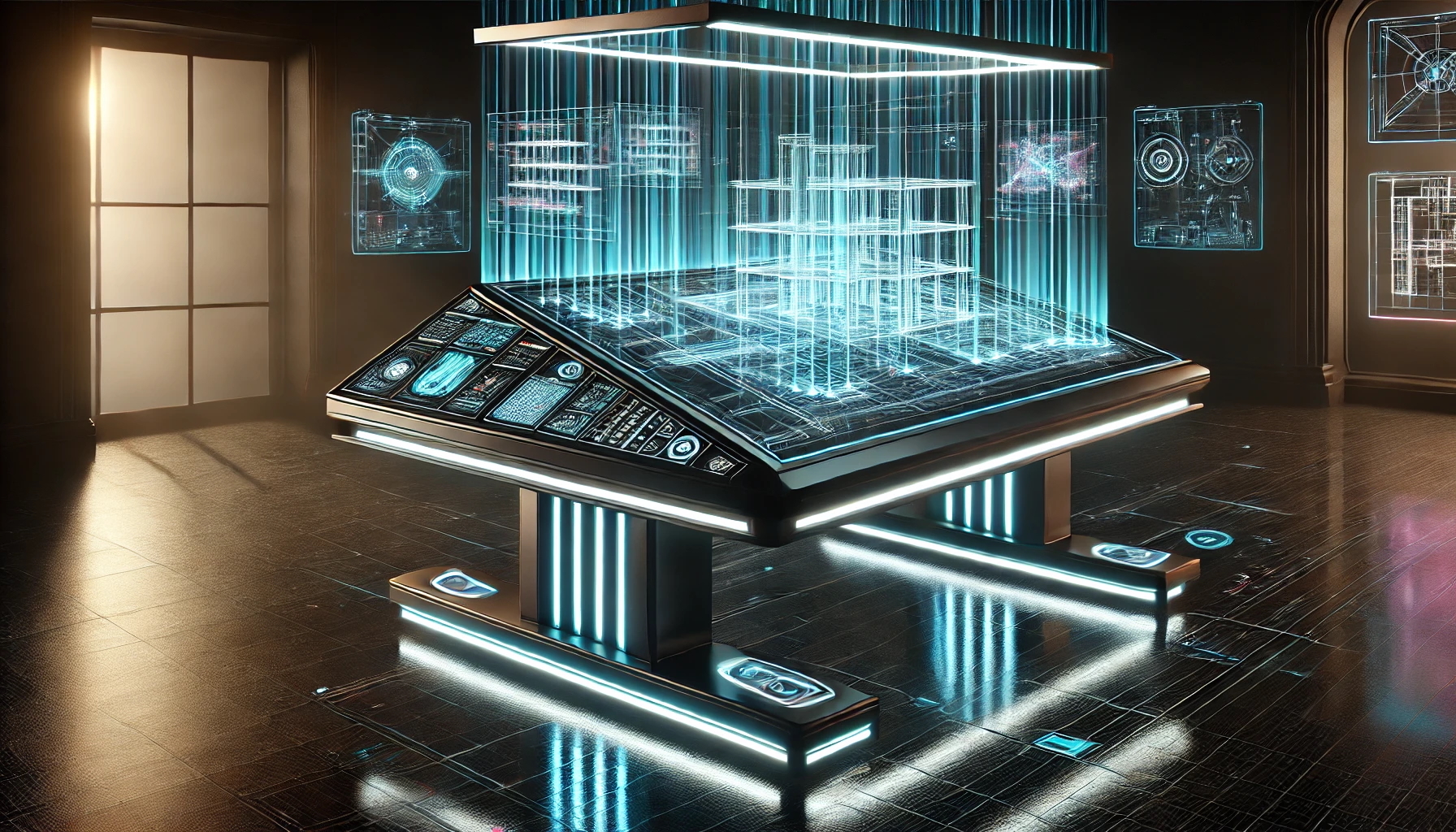



In U.S. construction alone, unplanned rework, tearing out and redoing mistakes, costs the industry over $250 billion a year. Add delays, administrative costs, insurance impacts, and lost opportunities, and the tab soars past $500 billion.
Much of this waste, about 50-60%, stems from errors in preconstruction, the years-long process before a single shovel hits the dirt. This phase spans everything from scoping and feasibility to design development, budgeting, cost estimation, permitting, and compliance. It produces tens of thousands of technical documents and 3D model files across dozens of specialized stakeholders. These files rarely speak the same language, and include linked metadata far larger than the PDFs they eventually export.
Coordinating these diverse, highly detailed document types is an enormous challenge. Known as “peer review” or QA/QC, the process requires experienced architects, engineers, contractors, estimators, permitters, and specialty consultants to painstakingly examine drawings and specifications for discrepancies, conflicts and errors. As preconstruction advances, documents become more detailed, iterations accelerate, and looming deadlines force shorter review cycles. In the US alone, the construction industry spends roughly $8B a year on peer review, requiring both in-house and third-party reviewers.
Today, peer review is slow, expensive, and error-prone, resulting in hundreds of billions in downstream rework. Legacy tools have delivered only incremental improvements. Most QA/QC workflows still rely on static PDF exports, overlaying sheets in tools like Bluebeam, and manually tracking issues in spreadsheets, Procore logs and emails. Coordination remains highly fragmented, with little system-level visibility or automation. The result is a critical bottleneck in the AEC (architecture, engineering, and construction) lifecycle.
At Innovation Endeavors, we look for transformational technologies applied to foundational industries, with a major focus on the parts of the economy that build, power, and connect the physical world. Construction is one of the largest of these physical industries, and the current AI paradigm shift is unlocking tremendously valuable solutions to industry challenges that were previously intractable. One of the clearest and highest-value opportunities for AI tools in construction is reducing unplanned rework.
Enter LightTable
LightTable is building the AI-native co-pilot and unified system of record for pre-construction, starting with the QA/QC process. Their system is built on emerging AI models, and trained and tuned to deeply understand architectural and engineering drawings and specifications, including the relationships between them, enabling rapid, context-aware issue detection across disciplines.
Two core capabilities define LightTable's approach:
These capabilities simply weren't possible even a year ago. Recent advances in multimodal AI and orchestration frameworks now allow sophisticated reasoning over complex, high-dimensional 2D representations like drawings, blueprints, and technical specs. LightTable’s architecture leverages agentic function calling to tile across drawings, parse specifications, and reason about relationships between components, all while remaining adaptable to future frontier model improvements. As more of the workflow is unified and automated, LightTable will expand into value engineering, estimating, permitting, and ultimately AI-assisted design generation.
LightTable’s vision, and most importantly its team, are the product of deep, deliberate research. Primary Ventures incubated the company and assembled exceptional, purpose-built founding DNA for building a generational AI-native leader in preconstruction. Paul, CEO, was SVP of Product at Angi, where he built products for real estate developers, owners, and contractors, scaling revenue from $100M to $1B+. He then served as CPO at Sealed, a home-services startup focused on contractor software workflows. Dan, CTO, was VP of AI Development Tools at DataRobot, and previously founded Decision.ai (acquired by DataRobot), bringing deep expertise in AI productization. Ben is a trained architect with experience at Gensler and SOM, offering firsthand knowledge of coordination and documentation pain points in preconstruction. This rare blend of AEC domain expertise, product leadership, and cutting-edge AI capability is uniquely interdisciplinary and execution-oriented, and it’s already gaining momentum. In less than a year, the team is working with multiple top-ten multifamily and commercial developers in the U.S., who see the potential for faster reviews, fewer errors, and better coordination, and are eager to expand LightTable into more of their project delivery process.
We are thrilled to support LightTable’s seed round alongside Primary. Preconstruction deserves a modern AI-native operating system. Empowering the industries’ incredible architects and engineers to dramatically reduce waste and risk is a mission we are proud to support. We look forward to the journey ahead.